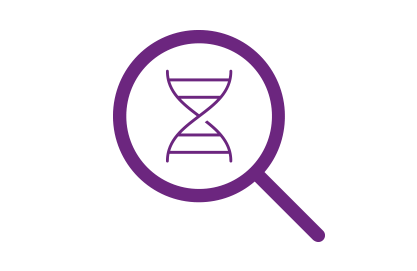Humanized immune system (HIS) mice are revolutionary research tools for the development of novel immune cell-targeting oncology therapeutics, but the use of first-generation models such as the huNOG (NOG mice engrafted with human CD34+ hematopoietic stem cells) has been limited for some applications by impaired human myeloid cell differentiation. Differences between mouse and human cytokine growth factors and receptors underpin these limitations in human immune cell differentiation. In response to this problem, multiple super immunodeficient mouse strains which express key human cytokines have been generated. These strains serve as hosts to generate HIS models which support both human myeloid and lymphoid cells, which are critical tools for immuno-oncology research on myeloid cell targets such as myeloid-derived suppressor cells (MDSCs) and tumor-associated macrophages (TAMs).
Commonly used myeloid-supportive host strains
The two most commonly used human cytokine transgenic models on super immunodeficient background strains are the NOG-EXL and NSG-SGM3.
NSG™-SGM3
The NSG™-SGM3, also referred to as the NSGS, expresses three different human cytokines, GM-CSF, IL-3, and KITLG, on the NSG™ background. The transgene uses the relatively stronger viral CMV promoter and results in cytokine expression levels at supraphysiologic levels of ~2000-4000 pg/ml1,2. It is commercially available pre-engrafted with human immune cells from the Jackson Laboratory.
NOG-EXL
The NOG-EXL strain expresses human GM-CSF and IL-3 under control of the SV40 promoter on the NOG background, with relatively lower cytokine expression levels3. It is commercially available pre-engrafted with human CD34+ stem cells from Taconic Biosciences as huNOG-EXL. A version of this strain is now available with knockout of murine Fc gamma receptors to remove potential confounding interference by residual murine immune cells as the FcResolv® NOG-EXL and FcResolv® huNOG-EXL.
Both cytokine transgenic models described above successfully engraft human HSCs with higher human chimerism and they develop more human myeloid cells compared to the parent NOG or NSG strains.
Anemia and Graft Exhaustion in Humanized NSG-SGM3 Mice
The developer of the NSG-SGM3, James Mulloy, first reported in a poster at the 2013 American Society of Hematology meeting that the model develops anemia and bone marrow failure after human CD34+ HSC engraftment: "we found that NSGS mice developed a severe, eventually fatal anemia upon humanization with umbilical cord blood (UCB) CD34+ cells... Bone marrow sections from anemic mice clearly showed a general hypocellularity with abundant fatty tissue filling the majority of the intramedullary space." 4
 Key Takeaways
Key Takeaways















.jpg)

.jpg)
.jpg)
.jpg)
.jpg)





.jpg)


.jpg)
.jpg)




.jpg)




.jpg)

.jpg)







